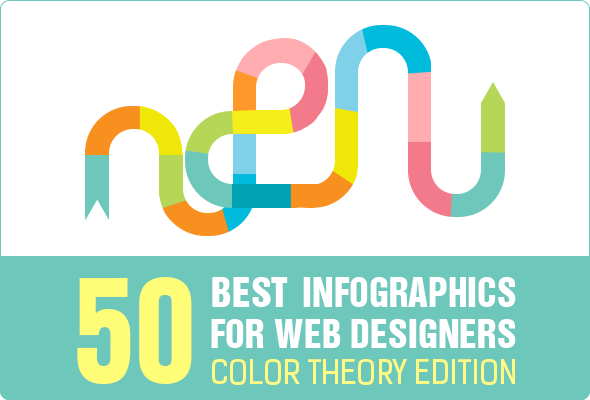The Development Of Web Site Layout: From Past To Existing
The Development Of Web Site Layout: From Past To Existing
Blog Article
Article By-Dalrymple Harding
In the past, sites were basic and concentrated on information. Navigation was straight, and layout was for desktop computers. Currently, customer experience is essential. Data overviews designs for easy navigating. Responsive formats fit various gadgets. Today, dark setting minimizes stress, and minimal food selections enhance navigating. Interactive features engage individuals, and vibrant visuals stand out. professional search engine optimisation services enhances engagement. See just how design has actually advanced to improve your on the internet trip.
Very Early Days of Web Design
In the very early days of web design, simplicity preponderated. Web sites were basic, with limited colors, fonts, and designs. The emphasis was on supplying details as opposed to showy visuals. Individuals accessed the net via sluggish dial-up connections, so rate and functionality were key.
Navigation food selections were straightforward, usually located on top or side of the web page. Web sites were created for home computer, as mobile browsing had not been yet widespread. Material was king, and developers prioritized simple readability over complex style components.
HTML was the key coding language used, and designers needed to work within its restrictions. Animations and interactive features were minimal contrasted to today's standards. Highly recommended Web-site were static, with little vibrant material or customized individual experiences.
Increase of User-Focused Layout
With the evolution of web site layout, a shift towards user-focused style concepts has ended up being significantly prominent. Today, creating websites that focus on individual experience is essential for involving site visitors and achieving company goals. User-focused style entails comprehending the requirements, preferences, and actions of your target market to tailor the internet site's format, material, and includes as necessary.
Developers currently carry out extensive research, such as user studies and usability screening, to collect insights and comments straight from users. This data-driven approach helps in creating intuitive navigation, clear calls-to-action, and visually enticing interfaces that reverberate with visitors. By placing Web Site at the center of the layout procedure, internet sites can provide a much more individualized and pleasurable experience.
Receptive style has actually also become a crucial aspect of user-focused design, making certain that internet sites are optimized for various tools and display sizes. This adaptability enhances access and use, dealing with the diverse means users connect with websites today. In essence, the increase of user-focused style symbolizes a change towards creating digital experiences that focus on the needs and expectations of the end individual.
Modern Trends in Web Design
Check out the current trends forming website design today. One famous pattern is dark setting style, supplying a sleek and modern-day look while minimizing eye strain in low-light settings. One more key trend is minimal navigating, simplifying menus and boosting individual experience by focusing on essential elements. Integrating micro-interactions, such as animated buttons or scrolling effects, can produce an extra appealing and interactive web site. Responsive design continues to be important, making certain smooth individual experiences across numerous devices. Furthermore, using strong typography and asymmetrical layouts can add visual interest and accentuate details material.
Integrating AI modern technology, like chatbots for consumer support or customized recommendations, improves customer involvement and simplifies processes. Ease of access has likewise come to be a significant trend, with designers focusing on comprehensive layout techniques to accommodate varied customer needs. Accepting sustainability by maximizing web site performance for speed and effectiveness is another arising pattern in web design. Collaborating with customer responses and data analytics to iterate and enhance style constantly is essential for remaining pertinent in the ever-evolving digital landscape. By welcoming these contemporary trends, you can develop a visually appealing, easy to use web site that resonates with your audience.
Final thought
As you review the advancement of website style from the very early days to currently, you can see just how user-focused layout has ended up being the driving force behind contemporary trends.
Accept https://sflcn.com/6-local-seo-tips-to-get-more-customers-to-your-south-florida-business/ of adjustment and adaptation in website design, always keeping the customer experience at the forefront.
Keep present with the most up to date trends and innovations, and never ever stop evolving your strategy to create visually sensational and user-friendly internet sites.
Advance, adapt, and create - the future of web design is in your hands.
